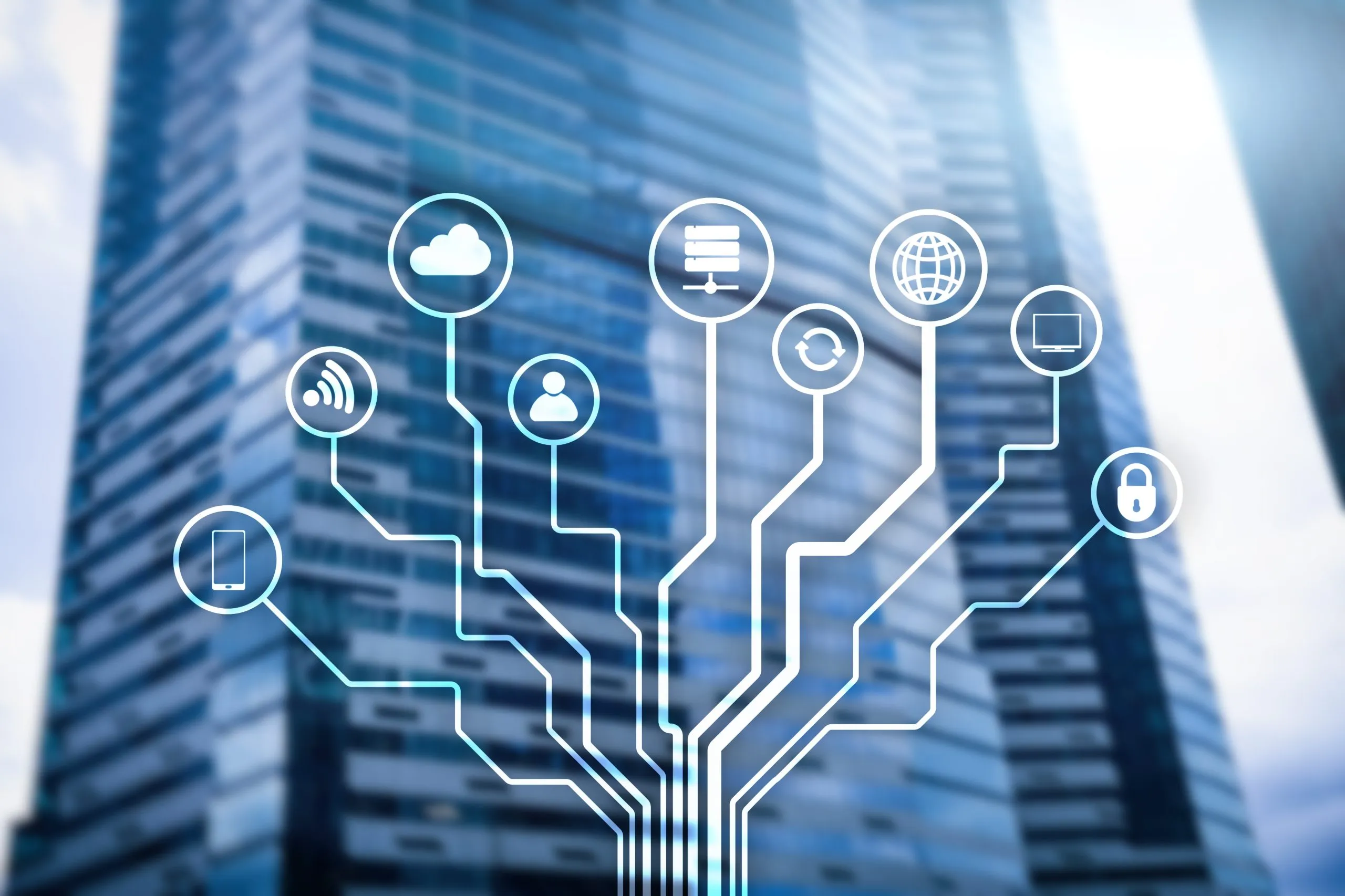
IoT changing all the segments of the economy and society
The future of the Internet of Things (IoT) is poised to reshape industries, economies and daily life through deeper integration and automation of everything that needs to be connected. As IoT devices proliferate, they will form a highly interconnected ecosystem where objects communicate, learn and adapt in real-time. This will enable smarter cities with optimized traffic flow, energy-efficient buildings and predictive infrastructure maintenance. Among others, healthcare will benefit from remote patient monitoring, while industries will experience enhanced productivity through automated supply chains and maintenance alerts driven by predictive analytics. Last but not least, IoT will also provide a more sustainable and liveable urban environment.
Balancing innovation with responsible data governance will be key to unlocking IoT’s potential, shaping a future where machines and systems seamlessly enhance human experiences and decision-making.
A digital twin is a digital representation of an intended or actual real-world physical product, system or process (a physical twin) that effectively serves as its indistinguishable digital counterpart for practical purposes, such as simulation, integration, testing, monitoring and maintenance. It can also enable predictions, modelling behavior and what-if scenarios as well as be an effective tool for the development of sectors in which it is implemented.
Digital twins enable companies to quickly detect and solve physical problems, design and build better products and realize value and benefits faster than previously possible. Furthermore, the digital twin technology enables businesses to improve business processes and performance.
In other words, digital twins of physical objects are described using structural and behavioral models. Basic building blocks for the design of digital twins are data platforms.
Data management platform is at the centre of IoT solutions. Data generated from entities in any industry as well as from any other IoT solution needs to be consolidated with other data, transformed, processed, stored and distributed to applications, users and systems. Different data formats need to be transformed into a common format and different protocols into a common format and language. In other words, to be able to get the intelligence out of raw data, data needs to be managed.